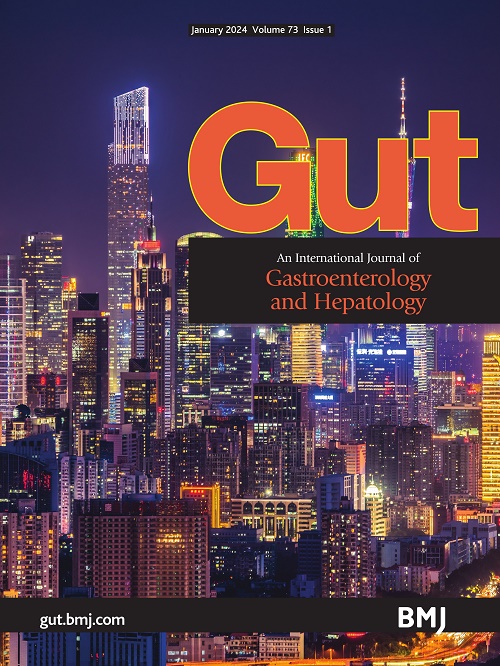斯芬克斯,智慧的守护者
IF 23
1区 医学
Q1 GASTROENTEROLOGY & HEPATOLOGY
引用次数: 0
摘要
我们感谢Ramchandani等人关于狮身人面像试验的来信,并感谢有机会阐述他们的观点。SPHINX试验旨在评估内镜下括约肌切开术(ES)是否可以减少ercp后胰腺炎(PEP)。然而,由于之前的异质性随机对照试验(rct)在样本量、患者群体和支架类型方面存在差异,因此很难量化这种效应。3-5 Zhou et al(2012)的试验报告ES术后PEP相对风险降低69%,为我们计算样本量提供参考然而,由于其他试验没有显示出这种益处,我们认为这种效果被高估了。5 SPHINX试验旨在检测疑似远端恶性胆道梗阻(MBO)患者PEP相对风险降低50%。根据来自荷兰的前瞻性数据…本文章由计算机程序翻译,如有差异,请以英文原文为准。
SPHINX, a Guardian of Wisdom
We thank Ramchandani et al for their letter on the SPHINX trial and appreciate the opportunity to address their points.1 2 The SPHINX trial aimed to assess whether endoscopic sphincterotomy (ES) could reduce post-ERCP pancreatitis (PEP). However, quantifying this effect proved difficult due to conflicting results from previous, heterogeneous randomised controlled trials (RCTs), which differed in sample size, patient populations and stent types.3–5 The trial by Zhou et al (2012) reported a 69% relative risk reduction in PEP after ES, which served as reference for our sample size calculation.3 However, since the other trials did not show this benefit, we considered this effect overestimated.4 5 The SPHINX trial was designed to detect a 50% relative risk reduction in PEP in patients with suspected distal malignant biliary obstruction (MBO). Based on data from a Dutch prospective …
求助全文
通过发布文献求助,成功后即可免费获取论文全文。
去求助
来源期刊

Gut
医学-胃肠肝病学
CiteScore
45.70
自引率
2.40%
发文量
284
审稿时长
1.5 months
期刊介绍:
Gut is a renowned international journal specializing in gastroenterology and hepatology, known for its high-quality clinical research covering the alimentary tract, liver, biliary tree, and pancreas. It offers authoritative and current coverage across all aspects of gastroenterology and hepatology, featuring articles on emerging disease mechanisms and innovative diagnostic and therapeutic approaches authored by leading experts.
As the flagship journal of BMJ's gastroenterology portfolio, Gut is accompanied by two companion journals: Frontline Gastroenterology, focusing on education and practice-oriented papers, and BMJ Open Gastroenterology for open access original research.
 求助内容:
求助内容: 应助结果提醒方式:
应助结果提醒方式:


